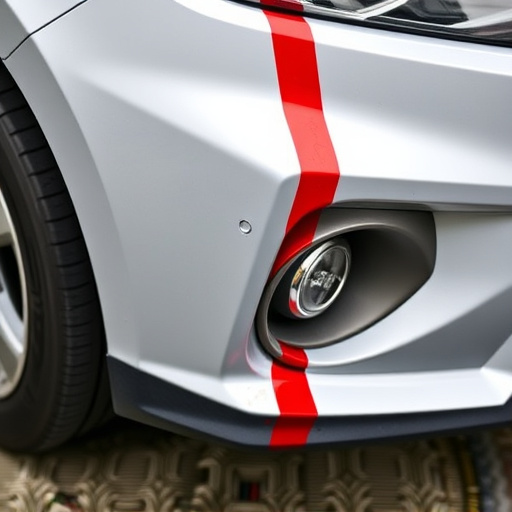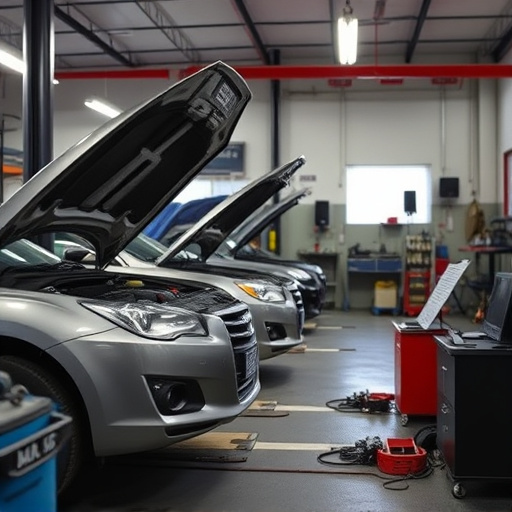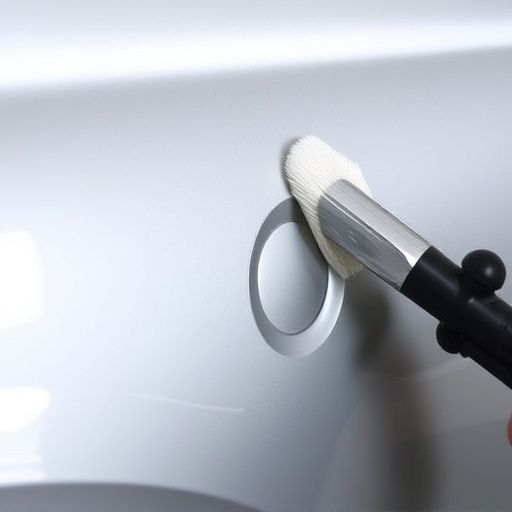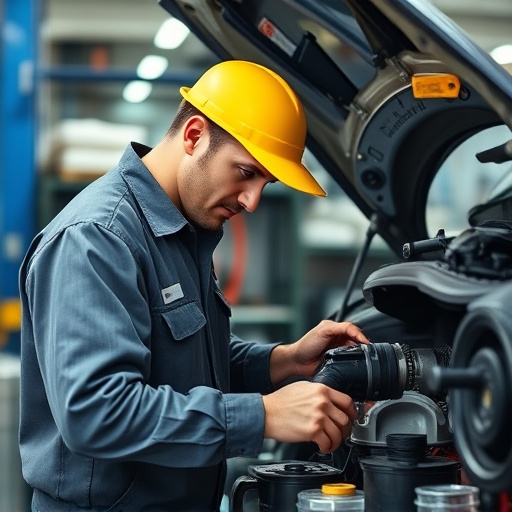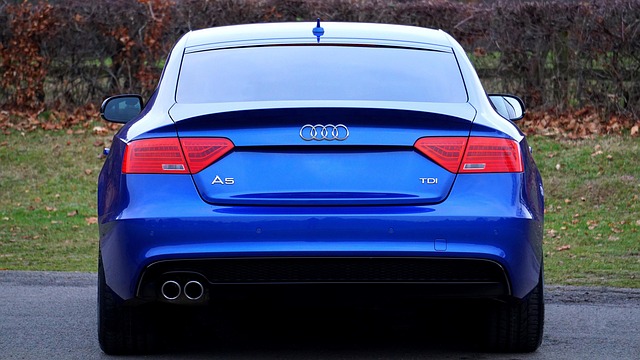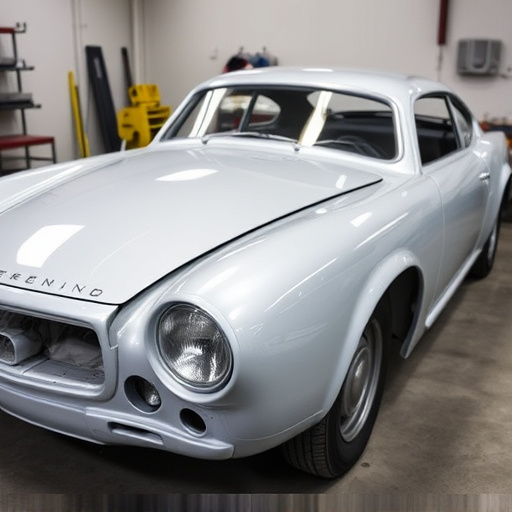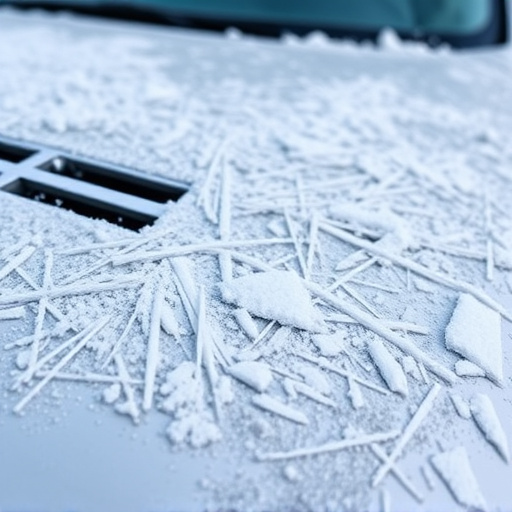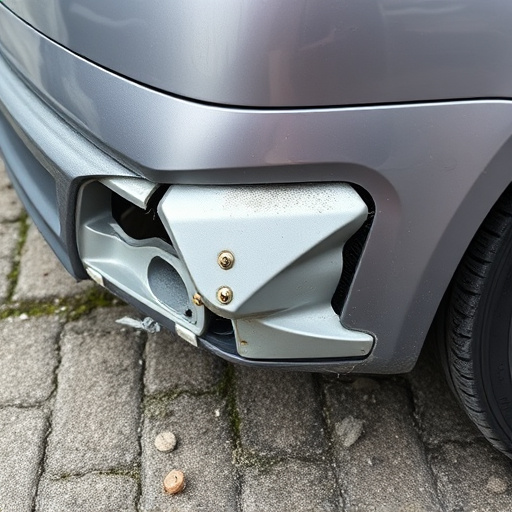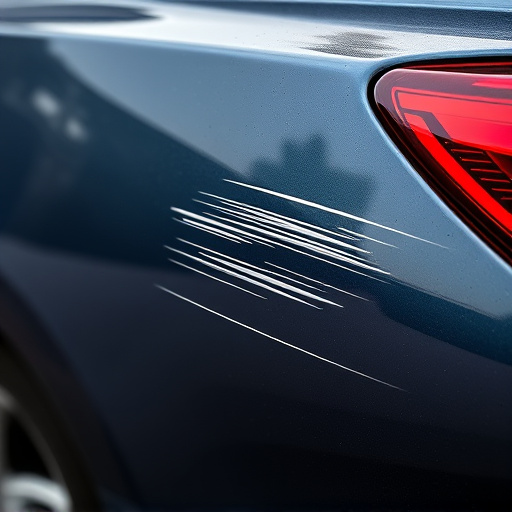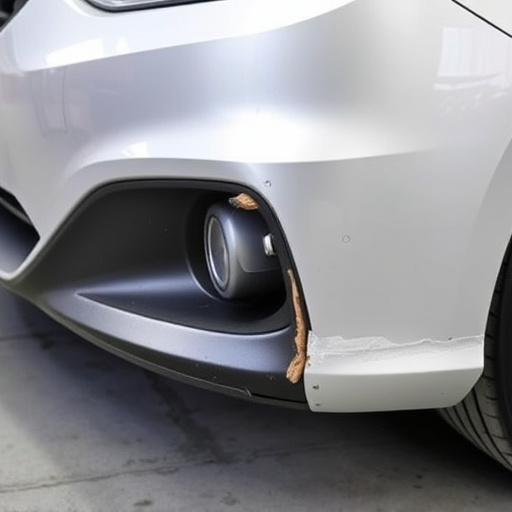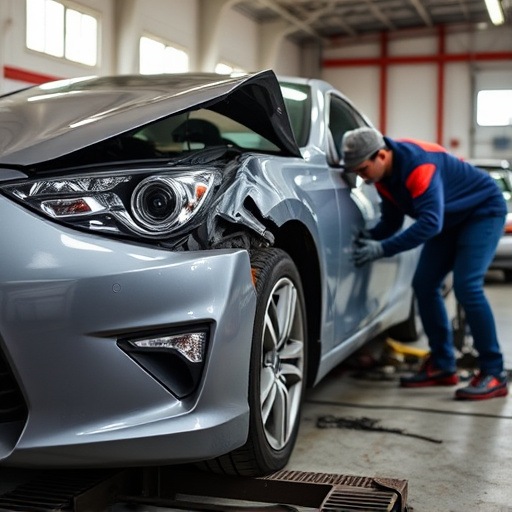Mercedes high-strength steel (HSS) repairs require specialized knowledge and techniques due to its superior strength. Skilled technicians use precision methods to address stress concentration failures common in HSS, crucial for auto body services and complex repairs. Meticulous inspection, surface prep, laser welding, and panel replacement prevent cracks and deformities while preserving structural integrity and aesthetics, especially in classic car restoration. Post-installation re-inspection ensures robust fixes maintaining vehicle safety, performance, and appearance.
Mercedes high-strength steel, renowned for its superior durability and performance, requires meticulous repair techniques to prevent stress concentration failures. This article delves into the intricacies of repairing this robust material, equipping readers with a comprehensive understanding of potential pitfalls and effective solutions. From recognizing stress concentrations to implementing proven repair methods, you’ll discover how to maintain the structural integrity of Mercedes high-strength steel components, ensuring longevity and safety.
- Understanding Mercedes High-Strength Steel
- Repair Techniques for Stress Concentration
- Preventing Failures: A Step-by-Step Guide
Understanding Mercedes High-Strength Steel

Mercedes High-Strength Steel (HSS) is a specialized alloy designed to offer superior strength and durability compared to conventional steel. This advanced material is a key component in modern automotive manufacturing, particularly in high-performance vehicles where weight reduction and structural integrity are paramount. HSS’s unique properties make it an ideal choice for intricate components within the car’s frame, suspension systems, and other critical structures.
In the context of auto body services and repairs, understanding Mercedes HSS is crucial. When a vehicle undergoes damage, especially in cases requiring complex repairs, using the correct materials is essential to prevent stress concentration failures. An automotive body shop specializing in HSS repair can effectively restore structural integrity while ensuring the vehicle meets safety standards. This expertise involves precise techniques and specialized tools to handle this high-performance steel, ultimately delivering top-quality auto repair services.
Repair Techniques for Stress Concentration
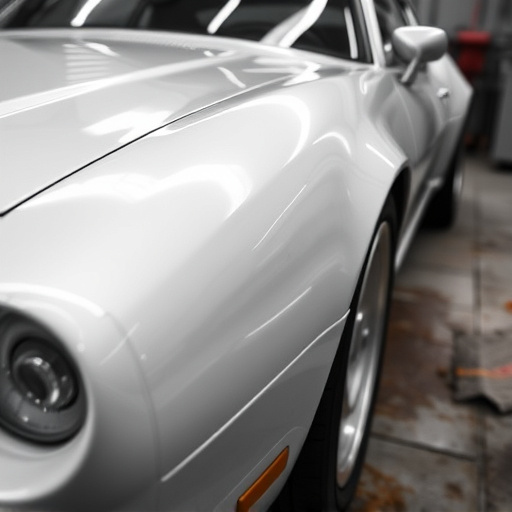
When it comes to repairing Mercedes high-strength steel components, especially those prone to stress concentration failures, understanding and implementing the right techniques are paramount. Stress concentration is a phenomenon where localised stresses in a material exceed its yield strength, leading to potential cracking or failure. To mitigate this, specialised repair methods are employed. These include precision cutting and removal of stressed zones, followed by precise welding or bonding using compatible high-strength steels.
In classic car restoration or automotive restoration projects involving Mercedes high-strength steel, addressing stress concentration issues requires meticulous attention. Skilled technicians use advanced tools and techniques to accurately assess and repair these areas, ensuring structural integrity. This involves careful planning, such as designing custom repair solutions that consider the original vehicle’s design and material properties, ultimately preserving the car bodywork’s strength and aesthetic appeal.
Preventing Failures: A Step-by-Step Guide

Preventing Failures: A Step-by-Step Guide to Mercedes High-Strength Steel Repair
The key to preventing stress concentration failures in Mercedes high-strength steel components lies in meticulous repair processes. First, thoroughly inspect the damaged area to identify any cracks or deformities. Next, prepare the surface by removing all debris and contaminates using specialized tools. This ensures a clean, strong bond between the repair material and the existing steel.
For precise repairs, utilize advanced techniques like laser welding for minimal heat input and precision. In cases where the damage is extensive, consider replacing the entire panel to maintain structural integrity. After installation, meticulously inspect the repaired area again to verify alignment, surface smoothness, and adherence to manufacturer specifications. This multi-step approach guarantees a robust fix, restoring the vehicle’s safety and performance without compromising on aesthetics, particularly in crucial components like the car body repair or vehicle paint repair.
Mercedes high-strength steel (HSS) repair, when executed correctly, is a powerful tool in preventing stress concentration failures. By understanding the unique properties of HSS and implementing effective repair techniques, it’s possible to extend the lifespan of Mercedes vehicles and ensure their structural integrity. Following the step-by-step guide outlined in this article, professionals can navigate the process efficiently, minimizing the risk of failure and maximizing the benefits of using HSS in repairs.
